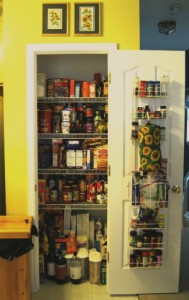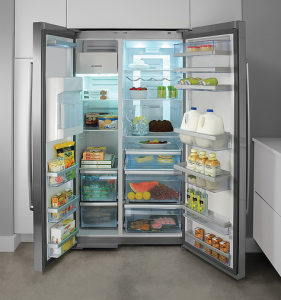When the hustle and bustle of grocery shopping has ceased and in the calm of my household (in theory), I evaluate by taking a step back to review, learn, and strategize.
Just taking 5 minutes to note the great deals, the bypassed deals, and the did-I-really-need-that deals, I learn more about how I shop and how to improve on my next shopping adventure.
To help improve my grocery shopping savings, I review the grocery list, where I jotted down ideas and made notes.
Reviewing your Grocery List
After putting away all the groceries and cleaning up the kitchen, I take a moment to check the grocery list. In looking over the list, ask these questions:
1. Did you jot down any menu planning ideas?
If so, add those ideas to your menu. With my menu planner on the refrigerator, I turn from my counter to the refrigerator and write the ideas on the schedule.
2. Did you get everything on your list?
If yes, are you pleased with this shopping trip? If not, why not? (Answers will vary.) How can you improve?
If not, why did you choose to bypass the deal?
If not, due to out-of-stock items, did you get a rain check? Was the rain check written correctly? Does the rain check expire? If so, place it near the front of your store envelope to use on your next trip.
3. Did you buy more items than you planned?
Did you need those items, or was it an impulse buy? If an impulse purchase, were you hungry? Influenced by your children?
Using these questions while reviewing your shopping list can pinpoint areas where you excel while revealing your tendencies. By taking a step back and reviewing my shopping trips, I learn what I did right, what I bombed, and how I can improve.
As you seek to see the deep savings each week, learning how to decide a good deal from a great deal will get you on your way. Just take it slowly and take a step back to learn from each shopping trip. In using time wisely, spending 5 minutes to check your progress is worth seeing those deep savings as you improve. Happy savings!
Question: How often do you buy only what is on your shopping list? Please add your answer to the comments.








